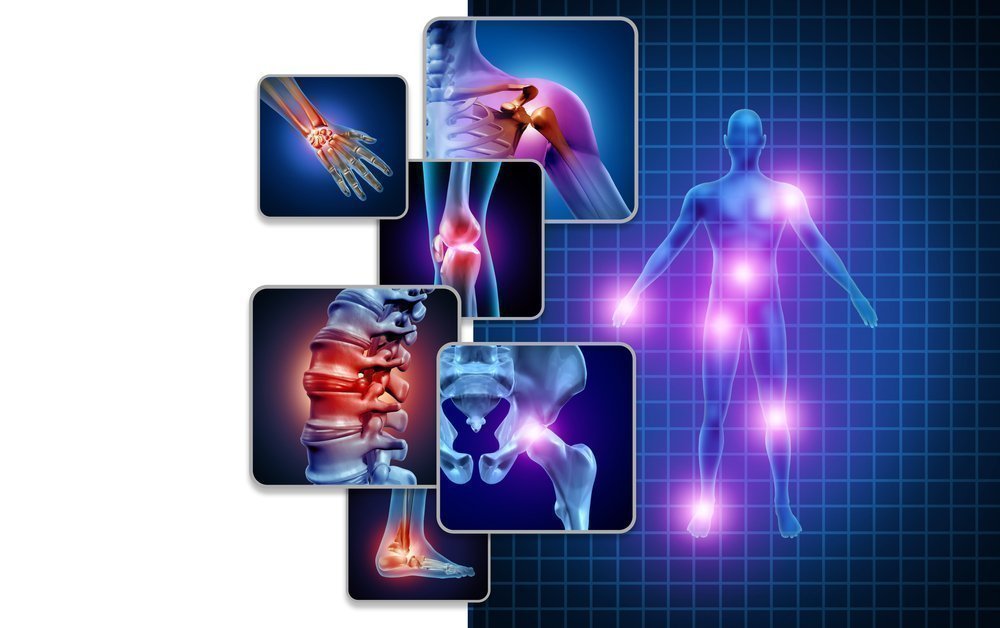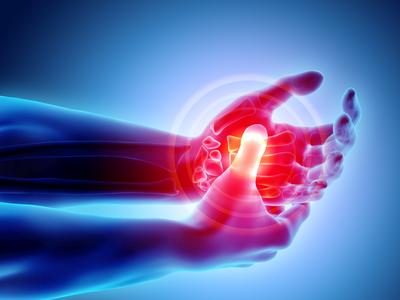Fibromyalgia
The Body’s Invisible Enemy
Fibromyalgia is a chronic illness that causes widespread pain, fatigue, depression and sleep disturbance. There is no specific cause and there is no cure, but there are ways to ensure that sufferers enjoy more good days than bad.
Intense Pain
As well as profound muscle and bone pain, other common symptoms of fibromyalgia include headache, skin tingling, cramps, anxiety, brain fog, memory issues, morning stiffness as well as noise, light and temperature sensitivities.
Studies show that 90% of fibromyalgia sufferers are women, possibly due to decreased serotonin levels in the brains of women, and the severity of fibromyalgia symptoms varies from person to person, with symptoms often disappearing and then returning. Research has also shown that fibromyalgia may actually amplify pain by affecting the way the brain processes pain signals. Some patients may also experience fibromyalgia with other co-existing conditions including temporomandibular joint dysfunction (TJD), endometriosis, chronic fatigue syndrome, tension headaches and irritable bowel syndrome (IBS).
Neomed physiotherapist Mariana explains, “Fibromyalgia is incredibly complex and it is quite normal for patients to struggle with other chronic conditions including chronic fatigue syndrome, the symptoms of which will fluctuate in intensity.
“It is also common for people to experience difficulty sleeping because the pain doesn’t go away at night and it often switches areas, say, from an arm to another part of the body, so it is quite unpredictable and relentless.”
A Difficult Diagnosis
As there is no definitive laboratory test for fibromyalgia, getting a diagnosis can be difficult. After blood work and other tests have ruled out other conditions, doctors often rely on patient feedback to reach their conclusions. In general, patients will have experienced widespread pain or muscle aches for at least three months. A ‘tender point’ examination might also be carried out to measure pain levels at positions in the neck, chest, arms, legs near the knee, waist and below the buttocks. Recent studies also reveal that almost half of the fibromyalgia patients suffer from nerve pain caused by damage to the small nerves which carry pain signals from the skin to the brain, known as neuropathic fibromyalgia.
Mariana says, “The interesting point about fibromyalgia is there is nothing to see, as such; the tissue is not damaged, the muscle is not damaged, everything looks perfectly normal, and yet people are suffering from pain.”
While there is no definitive or singular cause for fibromyalgia, it has been linked to genetics, allergies, food sensitivities, viruses, hormonal imbalances, poor digestion, candida overgrowth, spinal misalignments, stress and neurotransmitter deficiencies. For some individuals, symptoms may start after a significant psychological stress event such as infection, surgery or other physical trauma.
Treating Fibromyalgia
Clearly, such a complicated illness requires a complex approach to treatment, one that needs to be tailored to the individual. Furthermore, commonly prescribed fibromyalgia medications don’t provide a cure, and taking them can cause potentially serious side effects ranging from ulcers, bleeding in the stomach or intestines, digestive upset, high blood pressure, heart attack, stroke and even life-threatening skin reactions.
That’s why at Neomed we use a range of therapies and protocols based around a healthy diet, detoxification, extensive digestive tract work and a number of complementary treatments supported by science and experience.
“Our goal is to reduce pain,” explains Mariana. “Though the treatments will differ from guest to guest, detoxification is a crucial part of the process. From a physio perspective, while moderate exercise helps, we mainly adjust problems with the machines we have at the clinic, such as: microcurrent therapy that uses low-level electrical currents to treat nerve, muscle pain and inflammation; Multimag therapy, which is a very effective and painless treatment using a low-intensity magnetic field to restore functional reserves, normalise metabolic processes and improve microcirculation; and Pap-Ion Magnetic Inductor (Papimi), which is a high-end device that induces electromagnetic impulses directly into the somatic cell, activating the process of self-healing.”
Studies have found that reducing the body’s toxic burden by eliminating gluten, caffeine, artificial sweeteners, processed foods and partially hydrogenated oils and trans fats, can make a real difference in the quality of life of fibromyalgia sufferers. In most cases, deeper detoxification to release chemicals, heavy metals, and other environmental pollutants is required for optimum results.
Nutrient-dense clean proteins, raw dairy, fermented foods, organic fruits and vegetables and other foods also possess many benefits as do key nutrients such as vitamins B12, C, and D, folic acid and the mineral magnesium.
Chiropractic care, reducing stress, acupuncture and massage therapy can all be helpful, as can regular, moderate exercise. A study published in the Archives of Physical Medicine & Rehabilitation has found a strong relationship between physical fitness and fibromyalgia. Higher physical fitness levels are consistently associated with less severe symptoms in women. Massage therapy with targeted essential oils can also reduce heart rates, relieve pain, improve motion, and lessen anxiety and depression.
Manual lymph drainage therapy is also recommended to help moves lymph fluid through the body thereby eliminating toxins and waste to help to stimulate healing and relieve many symptoms. Moist heat also helps to boost the blood flow to areas of the body in pain, providing relief, as do warm baths.
And finally, getting some sun for a minimum of ten to twenty minutes a day is a must – and sun is something we have in abundance in Cyprus thanks to 326 days of sunshine a year.







